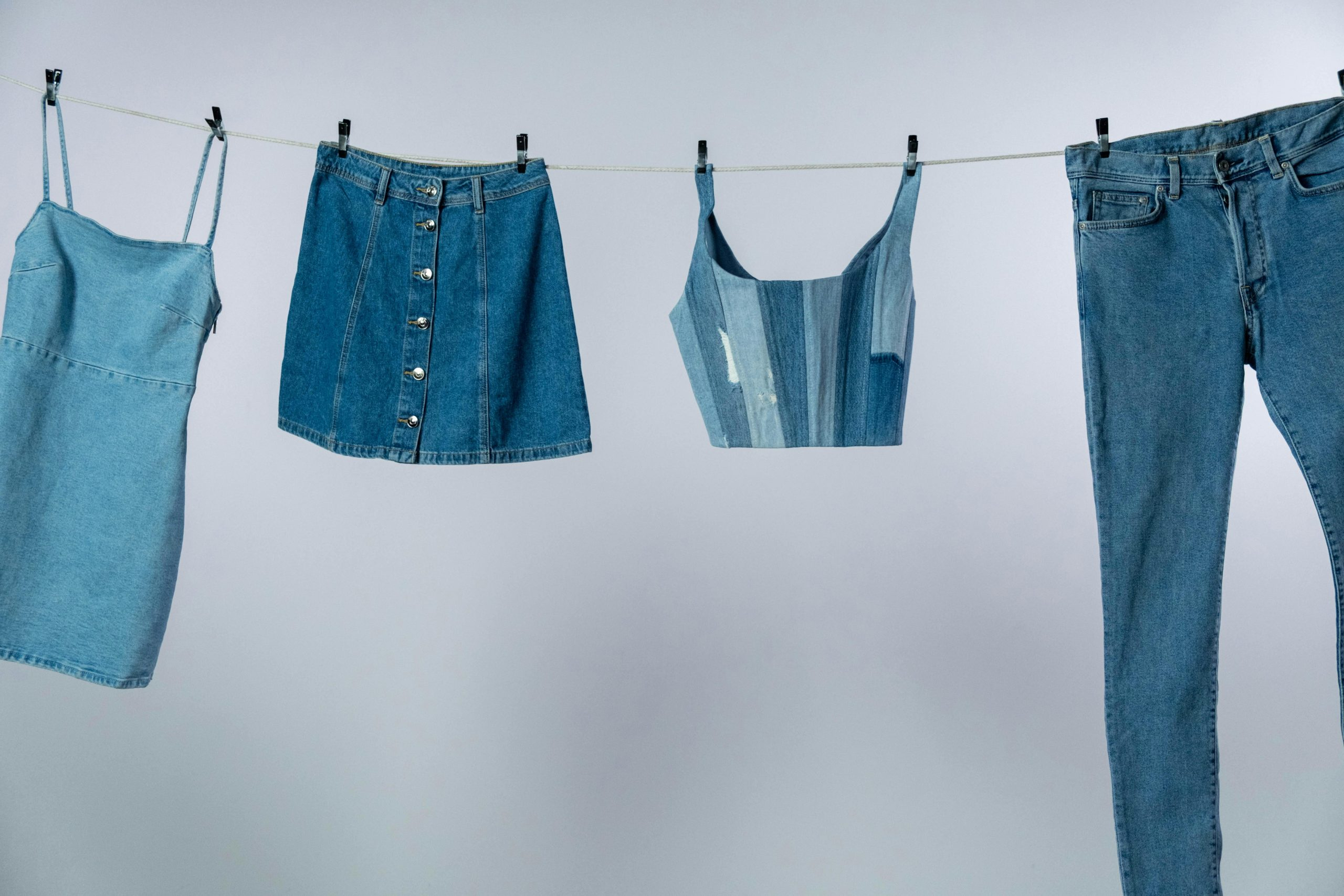Self-Healing Fabrics: Will Your Clothes Soon Repair Themselves?
In the world of fashion, the concept of self-healing fabrics may seem out of this world – something out of a sci-fi movie, perhaps. But with the rapid advancement of technology, this seemingly far-fetched idea may soon become a reality in our everyday wardrobes. Imagine clothes that can repair themselves, eliminating the need for costly tailoring or throwing out damaged items. Self-healing fabrics have the potential to revolutionize the fashion industry and change the way we think about clothing. But how exactly do they work, and when can we expect to see them on the market? Let’s dive in and explore the exciting world of self-healing fabrics.
The Science Behind Self-Healing Fabrics
In a nutshell, self-healing fabrics are materials that have the ability to repair small damages on their own. This is made possible through the use of special polymers – long chains of repeating molecules – that are integrated into the fabric. These polymers have the unique ability to self-repair when exposed to heat, light, or other triggers.
The idea of self-healing materials is not a new one. In fact, researchers have been exploring this concept for several decades, primarily in the field of engineering and construction. However, the application of self-healing technology in fashion is a relatively recent development.
Types of Self-Healing Fabrics
There are two main types of self-healing fabrics that have been developed so far – synthetic and natural. Synthetic self-healing fabrics are made from man-made materials, such as polymers and other synthetic fibers. On the other hand, natural self-healing fabrics are made from organic materials, such as silk and wool, which have the inherent ability to repair themselves.
Synthetic self-healing fabrics are often created by incorporating tiny capsules into the material. These capsules contain a healing agent – such as oils, waxes, or polymers – that are released when the fabric is damaged. When exposed to air, light, or heat, these agents react and form a bond to repair the damaged area. Natural self-healing fabrics, on the other hand, work by using proteins that are naturally present in the fibers to reform the damaged area.
The Benefits of Self-Healing Fabrics
The most obvious benefit of self-healing fabrics is their ability to repair themselves. This could significantly reduce the environmental impact of fashion, as it would eliminate the need for frequent replacement of damaged clothing, reducing the amount of textile waste that ends up in landfills. It would also save consumers money by eliminating the need to constantly replace damaged items.
In addition, self-healing fabrics could also lead to more durable and long-lasting clothing. By repairing minor damages, the overall lifespan of the garment could be extended, resulting in a more sustainable and cost-effective wardrobe.
Potential Applications in Fashion
The potential applications for self-healing fabrics in the fashion industry are endless. From everyday clothing to high-performance gear, the possibilities are vast. For example, self-healing materials could be used in athletic wear to withstand the wear and tear of intense workouts, or in outdoor gear to repair small tears caused by rough terrain.
But perhaps the most exciting application of self-healing fabrics is in the production of sustainable fashion. With the fashion industry being one of the biggest contributors to pollution and waste, self-healing fabrics could be the answer to creating a more sustainable and eco-friendly future for fashion.
Challenges and Roadblocks
While the concept of self-healing fabrics is certainly exciting, there are still some challenges and roadblocks that need to be addressed before they become a commercial reality. The production process for self-healing materials is currently quite complex and expensive, making it difficult for them to be produced on a large scale at an affordable cost. In addition, there are still limitations to the types of damages that can be repaired by these fabrics, with larger or more severe damages still requiring professional repairs.
The Future of Self-Healing Fabrics
Despite these challenges, the potential for self-healing fabrics in the fashion industry is too great to ignore. As technology continues to advance, and with more research and development, we can expect to see more and more applications of self-healing fabrics in the near future. While we may not be wearing clothes that completely repair themselves just yet, self-healing fabrics are certainly on the horizon, and they have the potential to change the landscape of fashion in a truly revolutionary way.
So, will your clothes soon repair themselves? With the developments and progress being made in the realm of self-healing fabrics, the answer is a resounding yes. Get ready to say goodbye to stretched out sweaters and frayed hems, and hello to a future where self-repairing clothing is the new norm.











